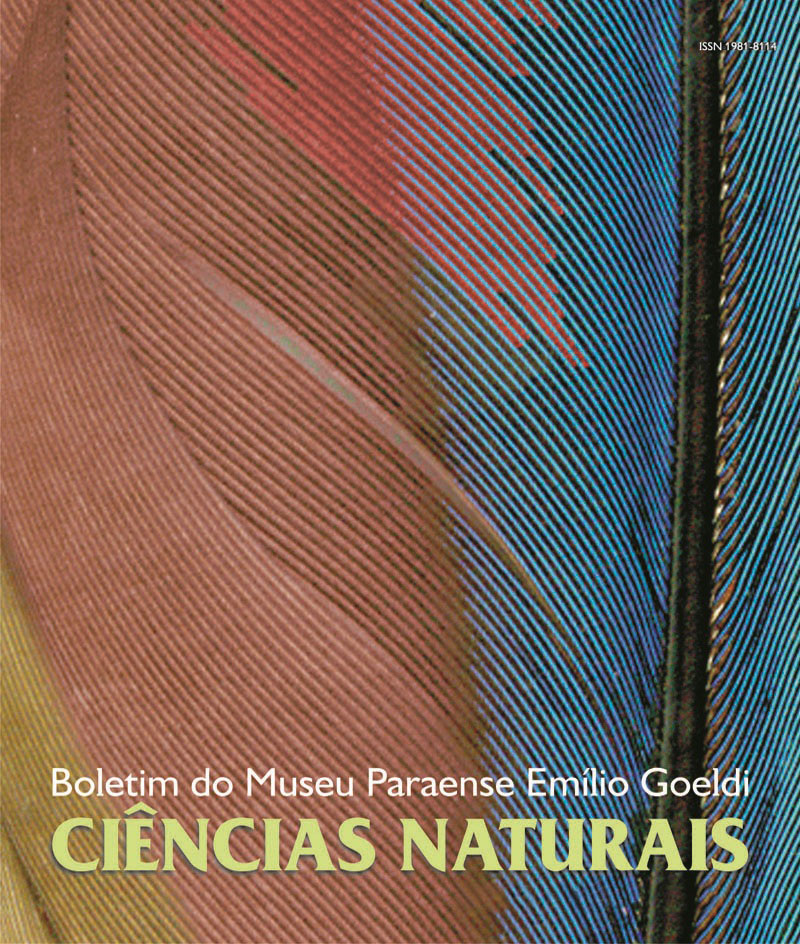Use of medicinal plants by the Enfarrusca community in Bragança, Pará
DOI:
https://doi.org/10.46357/bcnaturais.v1i3.724Keywords:
Ethnobotany, Medicinal plants, Community of Enfarrusca, Bragança, ParáAbstract
The Ethnobotany focalizes the way how different human groups interact with vegetation. The current study was carried out at the community of Enfarrusca, Bragança, Pará, aiming to register the importance of utilization of local medicinal plant species. Data colletcion occurred between November, 2004 and June, 2005. Fourty-seven questionaries were applied by using two different techniques: ‘Listagem Livre’ (enterview by structured questionaries) and ‘Check List’ (list of inventoryed plants). For all medicinal plant species from the inventory previously carried out by the project Projeto Manejo de Capoeira speciemens to produce exsicatas were collected, which are deposited at the herbarium of EMBRAPA Oriental, Belém, Pará. Most of interviewees were born and live at Enfarrusca, and has agriculture as the main activity. The 28 species of medicinal plants used by this community seem to be useful as palliative method against diseases called ‘not serious’. Barks and leaves were the parts of the plants more used in the preparation of homemade medicines, that are useful in many different treatment techniques, such as: ‘fricção’, ‘emplastro’, tea, ‘banho’ and ‘asseio’. The knowledge on these plants and their therapeutical procedures is transmitted at familiar level, mainly by parents. Such a therapeutical system found at Enfarrusca is basically syncretic, mixing elements from indigenous and European cultures. Once the knowledge is reached, it can bring practical results, giving a basis to implement healthy systems more adapted to the culture and conditions of the region
Downloads
Published
Issue
Section
License
Publication means fully assigning and transferring all copyrights of the manuscript to the journal. The Liability Statement and
Assignment of Copyrights will be enclosed with the notice of acceptance. All the authors must sign the document and return it to the journal.






